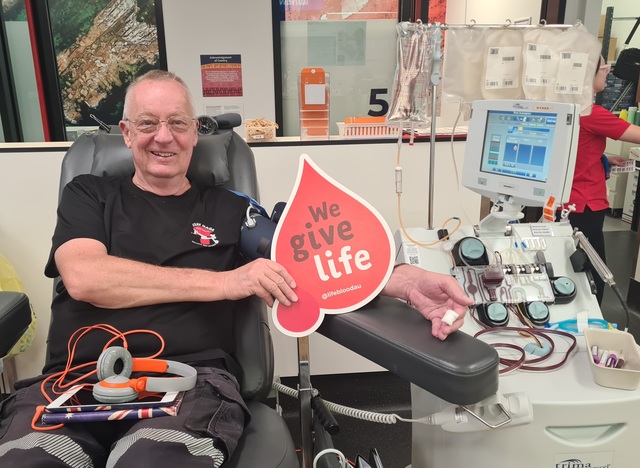Pakenham and Dandenong are among the top ten least affordable suburbs for renters according to a new report by Suburbtrends.
The July report for their Rental Pain Index had Pakenham standing eighth and Dandenong fourth on the list of worst areas for renters in Victoria.
Pakenham achieved a full score of 100 in the index – among only two others in Victoria.
The index is derived from the average rate increase over the 12 months preceding, the average percentage of income servicing rent and the vacancy rate.
A 17 per cent average increase in rent was recorded for Pakenham while 35 per cent of income on average is going towards rent.
Dandenong had a rate increase of 22 percent and has 37 per cent of income going to rent.
This follows Suburbtrends’ report in February where Pakenham recorded a 13 per cent rate increase and rent taking 33 per cent of income.
Housing service Wayss general manager Shari McPhail said the increasing rental stress has been straining their work.
Wayss is not surprised by the findings of the report; rather, it reinforces our current experiences,” McPhail said.
“We are overwhelmed by the demand from people being pushed out of the private rental market and those struggling to re-enter it.
“The rising cost of living, including rent increases, is driving people to their breaking point, leading them to seek our services.”
Pakenham’s vacancy rate is at 0.62 per cent while Dandenong’s is 0.66.
This stands below Melbourne’s vacancy rate which in March this year stood at 2.1 percent according to the State Government’s Rental Report.
In that same report, only 6.9 per cent of Cardinia’s dwellings were considered affordable. In Greater Dandenong, 3.9 per cent were affordable.
Melbourne’s number of affordable rentals was 11.7 per cent in March.
McPhail said Wayss is servicing ranger of people as even mortgages are becoming increasingly hard to manage – leaving the most vulnerable at risk.
“We are particularly concerned that this crisis is now affecting homeowners, with many at risk of mortgage default – a group we don’t typically assist,” McPhail said.
“Equally troubling is the fact that employment is no longer the safety net it once was; employed individuals are now turning to us to maintain their housing.
“A rapidly escalating issue is the growing number of children experiencing homelessness with their parents. These children are especially vulnerable, and there is an urgent need to provide safe and suitable short-term accommodation while we work towards long-term solutions.”







